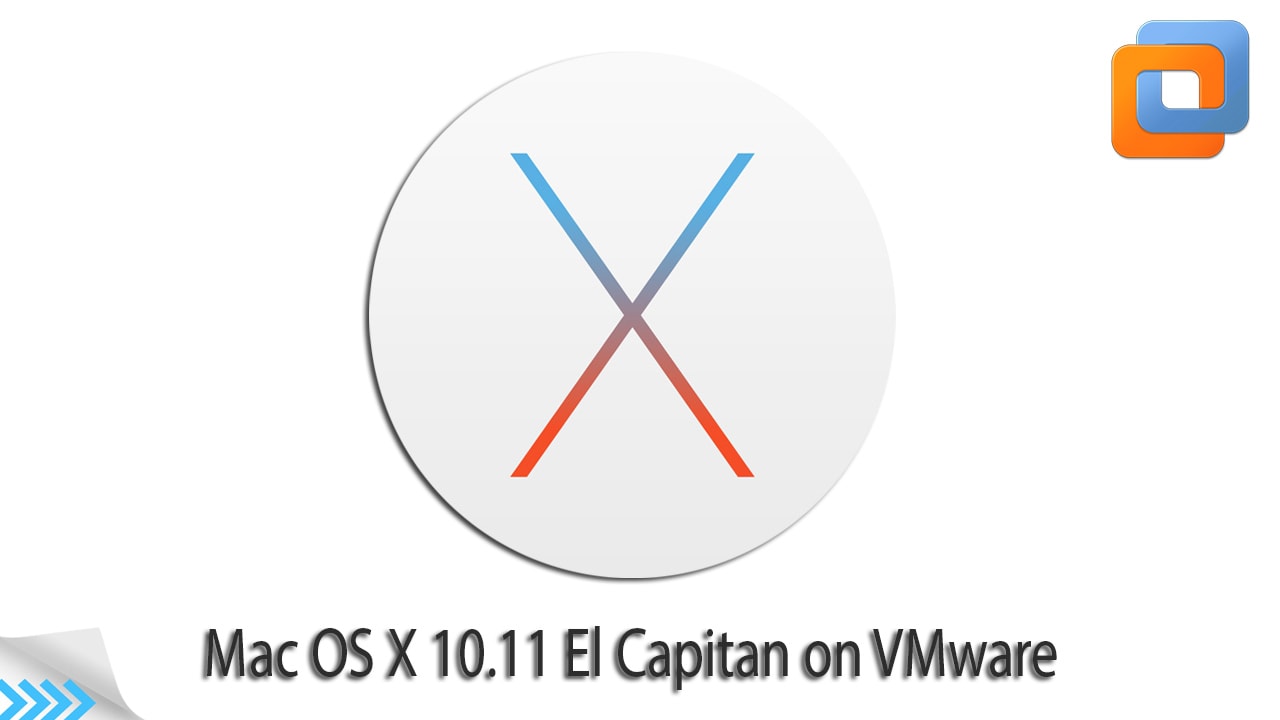

TIP: Using a non-APFS filesystem is recommended. Use the Disk Utility tool within the macOS installer to partition, andįormat the virtual disk attached to the macOS VM. Install Processīoot your machine and select the OS Install Partition on startup. Just make sure you put it on at least a SSD or a nvme drive as it will be super slow if you don’t.

This is even simpler as you just click Add Hardware -> Storage and create new file. Note: while you can use drive short names /dev/sda I’d recommend using /dev/disk/by-id/HARDDRIVESERIAL as this doesn’t ever change. Topics proxmox, vm, hackintosh, ryzentosh. Proxmox mac OS Monterey by Garcia Software.

This is pretty simple as you just click Add Hardware -> Storage and then specify your hard drive. Proxmox macOS MontereyOne click Installer.Just copy this into your Proxmoxs dump folder and then restore ir toa new VMMD5 of the ZST file. Obviously, the physical drive is considerably faster, but not possible in some instances such as laptops or if you can’t afford a secondary drive. You have two options: physical hard drive passthrough or qcow2 file. To learn more, see the Amazon EC2 FAQs.Before we can start out VM we have to have a hard drive to load it. EC2 M1 Mac instances enable Arm64 macOS environments for the first time on AWS, and support macOS Big Sur (version 11) and macOS Monterey (version 12) as Amazon Machine Images (AMIs). These instances deliver up to 60% better price performance over x86-based EC2 Mac instances for iOS and macOS application build workloads. To get started with x86-based EC2 Mac instances, see the Amazon EC2 User Guide.Īmazon EC2 M1 Mac instances are built on Apple M1 Mac mini computers and are powered by the AWS Nitro System. You can choose from Mac instances that can run on macOS Mojave (version 10.14), macOS Catalina (version 10.15), macOS Big Sur (version 11), and macOS Monterey (version 12) as Amazon Machine Images (AMIs). X86-based EC2 Mac instances are built on Apple Mac mini computers, featuring Intel Core i7 processors, and are powered by the AWS Nitro System. You can provision and access macOS environments within minutes, dynamically scale capacity as needed, and benefit from pay-as-you-go pricing. By using Amazon EC2 Mac instances, you can create apps for the iPhone, iPad, Mac, Apple Watch, Apple TV, and Safari. Amazon Elastic Compute Cloud (Amazon EC2) Mac instances allow you to run on-demand macOS workloads in the cloud for the first time, extending the flexibility, scalability, and cost benefits of AWS to all Apple developers.


 0 kommentar(er)
0 kommentar(er)
